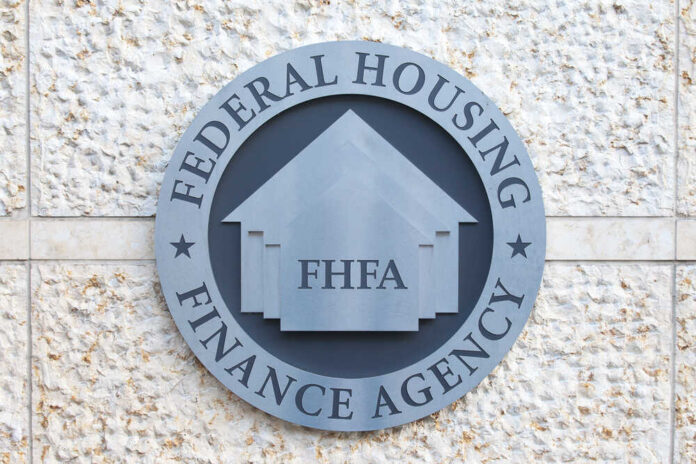
New FHFA policies that took effect May 1, 2023, will transfer loan costs from high-risk borrowers to low-risk borrowers. The policy is part of a wider effort to better accommodate “underserved communities,” according to the Federal Housing Finance Agency (FHFA), which regulates Fannie Mae and Freddie Mac.
However, critics say that FHFA’s focus on “sociology and ethnic studies” is undermining the purpose of these agencies. The law would require these regulated entities to employ a host of resources to assist specific groups, such as people with mobility disabilities, same-sex couples, and specific ethnicities.
While the intent may or may not be noble, it has raised concerns over the potential divisiveness of such measures, and the additional administrative and reporting costs. Opponents of the proposed regulation note that high-risk borrowers are more likely to default on loans, and as such, the additional costs should be imposed on them, rather than low-risk borrowers.
How the Feds are Fueling a New Mortgage Crisis – https://t.co/fR0aOg9r1B
Posted BY: Joe Fried
Perhaps you have already heard about the latest welfare gimmick from team Biden: the great shift in loan costs from high-risk borrowers to low-risk borrowers. Effective May 1,… pic.twitter.com/yXvKZ9HenY
— NWO Report (@NwoReport) May 9, 2023
In addition, the new policies have raised questions as to whether they will enable Fannie Mae and Freddie Mac to serve as a “reliable source of liquidity and funding for the housing finance market,” as is their mandate.
These regulations have also led to comparisons to the subprime loan crisis, which was a catalyst to the Great Recession. Critics point to the creation of millions of junk loans, which the government endorsed through its creation of “The National Homeownership Strategy: Partners in the American Dream.”
This plan allowed loans with zero down payments, silent second loans issued by nonprofit and local governments to cover the down payment on primary mortgage loans, and “windshield” appraisals. The second mortgage is known as a “silent” mortgage because the borrower does not reveal its existence to the original lender.
While the FHFA’s motives to assist underserved communities are questionable , the potential consequences of transferring loan costs from high-risk borrowers to low-risk borrowers, and the focus on ethnicity, have led to major concerns.
To ensure that Fannie Mae and Freddie Mac serve as a reliable source of liquidity and funding for the housing finance market, policymakers must tread carefully, and consider the potential long-term consequences of dangerous regulations.

















